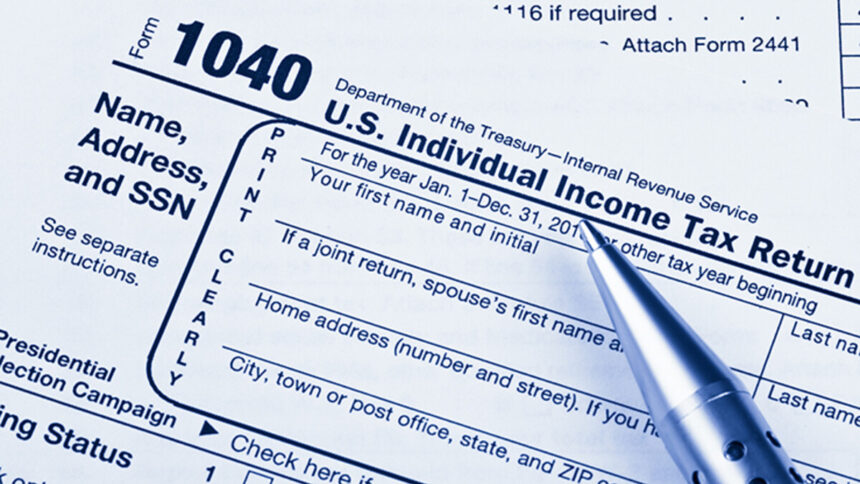Sometimes life gets in the way of meeting the April 15 tax deadline — whether you’re missing documents, handling personal emergencies, or just plain busy.
Thankfully, the IRS offers an easy way to give yourself some breathing room: a tax extension.
This guide breaks down everything you need to know about how to file a tax extension, what it covers, how to avoid penalties, and special cases like overseas filers and military members.
Step 1: Understand What a Tax Extension Is
A tax extension gives you more time to file your federal tax return — pushing your deadline from April 15 to October 15. But here’s the catch: it does not extend the deadline to pay your taxes. So if you owe money, that payment is still due by April 15.
If you miss the payment deadline, you could face interest and penalties — even if your extension to file is approved.
Step 2: Know the Key Deadlines
April 15 – This is the deadline to request a tax extension and to pay any taxes owed.
October 15 – This becomes your new filing deadline if your extension is approved.
June 15 – This is the automatic extended deadline for certain overseas taxpayers.
Step 3: Gather What You’ll Need to File
Before you fill out the extension form, collect the following:
Your name and address
Social Security number (and spouse’s, if filing jointly)
Your estimated total tax liability
The total payments you’ve made so far
Any balance due
The amount you’re paying with the extension (if any)
ALSO READ FULL LIST: IRS extends tax filing deadlines for residents in 13 US states
Step 4: Choose How to File Your Extension
There are three ways to file a tax extension:
Make a Payment with Extension Tag
Make an estimated tax payment online using one of these IRS systems:
Electronic Federal Tax Payment System (EFTPS)
Debit or credit card
When you pay, simply mark it as an “extension” — and that counts as your official extension request.
2. E-File Form 4868
Use any major tax software (like TurboTax, H&R Block, or FreeTaxUSA) or go through a tax pro to electronically file Form 4868.
3. Mail in Form 4868
Prefer the old-school way? Download, fill out, and mail Form 4868 to the IRS address listed on the form. Be sure to include an estimated payment if you owe, and consider sending it via certified mail.
Step 5: Wait (Or Don’t)
Once you’ve submitted your extension request, you won’t receive confirmation unless there’s a problem. No news is good news! If your request is denied for any reason, the IRS will contact you.
Step 6: Estimate and Pay Any Taxes You Owe
Since extensions only give you more time to file, not to pay, estimate how much you owe using:
The IRS Estimated Tax Worksheet on Form 1040-ES
Tax prep software
A rough review of last year’s return
If you overpay, you’ll get a refund when you file. If you underpay, you may owe penalties.
Step 7: Avoid Penalties and Interest
Failure to file penalty: 5% per month (up to 25%) of unpaid taxes. If your return is 60+ days late, the minimum penalty is $510 or 100% of your tax owed, whichever is less.
Failure to pay penalty: 0.5% per month of unpaid taxes (up to 25%). If you’ve filed but still owe, and you’re on a payment plan, it drops to 0.25% per month.
And yes — interest applies to both penalties until fully paid.
Step 8: Don’t Forget About State Taxes
States have different rules for extensions:
Some offer automatic extensions.
Others require you to file a state-specific extension form.
Regardless, you must still pay your state taxes by April 15 to avoid penalties.
Check your state tax website to be sure.
Expecting a Refund?
If the IRS owes you money, you won’t face penalties for filing late — but you won’t get your refund until you file. If you’re expecting a refund and running behind, filing for an extension still makes sense. Just in case you do owe, it’ll protect you from the Failure to File Penalty.
(EMPOWER)
ALSO READ TOP STORIES FROM NIGERIAN TRIBUNE






